Join us on a journey through Whangārei's wondrous landscapes to meet the unique native species that call this place home. Kia mōhio koe ki ēnei taonga o te taiao - get to know these treasures of nature! From maunga to moana (mountains to the sea), we're shining a spotlight on our taonga (treasure) species and their natural habitat.
Once upon a time, these long-time residents used to flourish across our district, but today, a lot of them are under threat due to introduced predators. It is thanks to the many conservation-minded people and their consistent upkeep with pest control that we are still able to live amongst these special critters. However, work still needs to be done to restore our forests so we can enjoy the full orchestral symphony of a healthy landscape – with lively birdsong, rustlings in the native foliage and splashes in the wetlands.
Enjoy learning something new about each of these species and if you’re keen to help them thrive, we’d love you to join the efforts of creating a Predator Free Whangārei. Follow us on Facebook to learn more about our taonga species and what we can all do to help protect them 💚
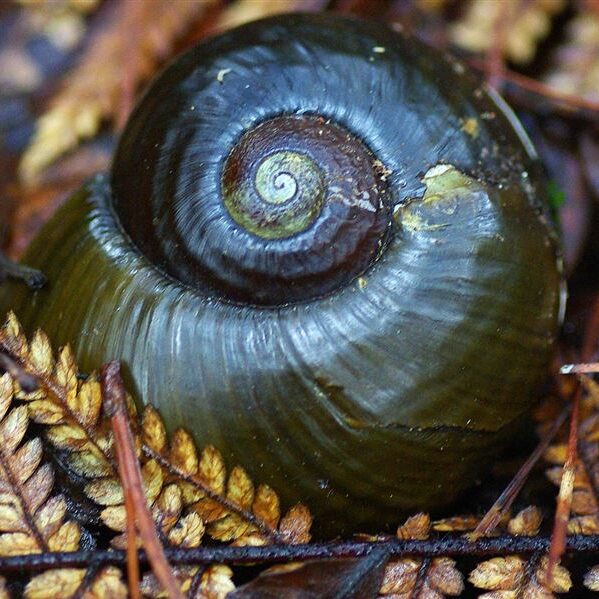
Kauri snail / Pūpūrangi
At Parihaka Reserve, one of my favourite places!
Our native Kauri snail is an impressive sight when fully grown, with a shell reaching 7cm in diameter! Once widespread throughout Northland, due to predation and habitat destruction, they are now only found in small parts of our district.
One of the places you can still see these species is the Parihaka Reserve. If you're a regular visitor to the scenic Parihaka trails you might be lucky enough to spot a kauri snail along your journey, thanks to the conservation efforts of groups like Parihaka Community Landcare.
Fun Fact: Kauri snails can mate for up to 10 hours at time! 💪
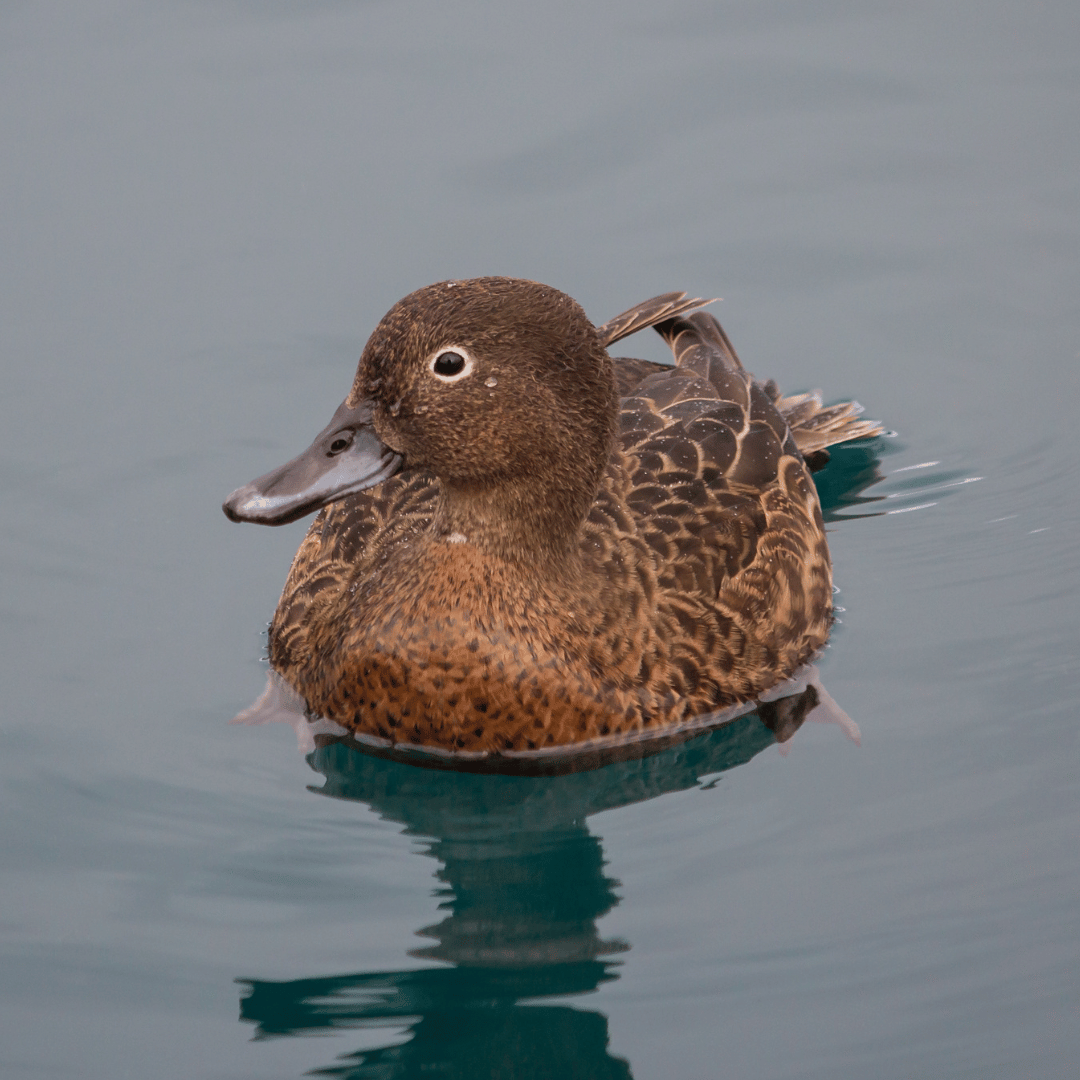
Pāteke / brown teal
At Whananaki, one of my favourite places!
Pāteke are one of the rarest waterfowl in the world, and are only found in New Zealand. Once common, sadly it is now estimated that there are only 2,500 of these unique birds left in the wild.
135 pāteke flock to Whananaki South in the summer, so you just might spot them the next time you head over the footbridge for a swim! An easy way to identify them is by the white ring they have around their eyes. Feral cats, mustelids, rats, hedgehogs, uncontrolled dogs can affect their livelihoods and populations.
Fun fact: Pāteke are monogamous, and both parents guard their ducklings for up to 55 days until they become fledglings.
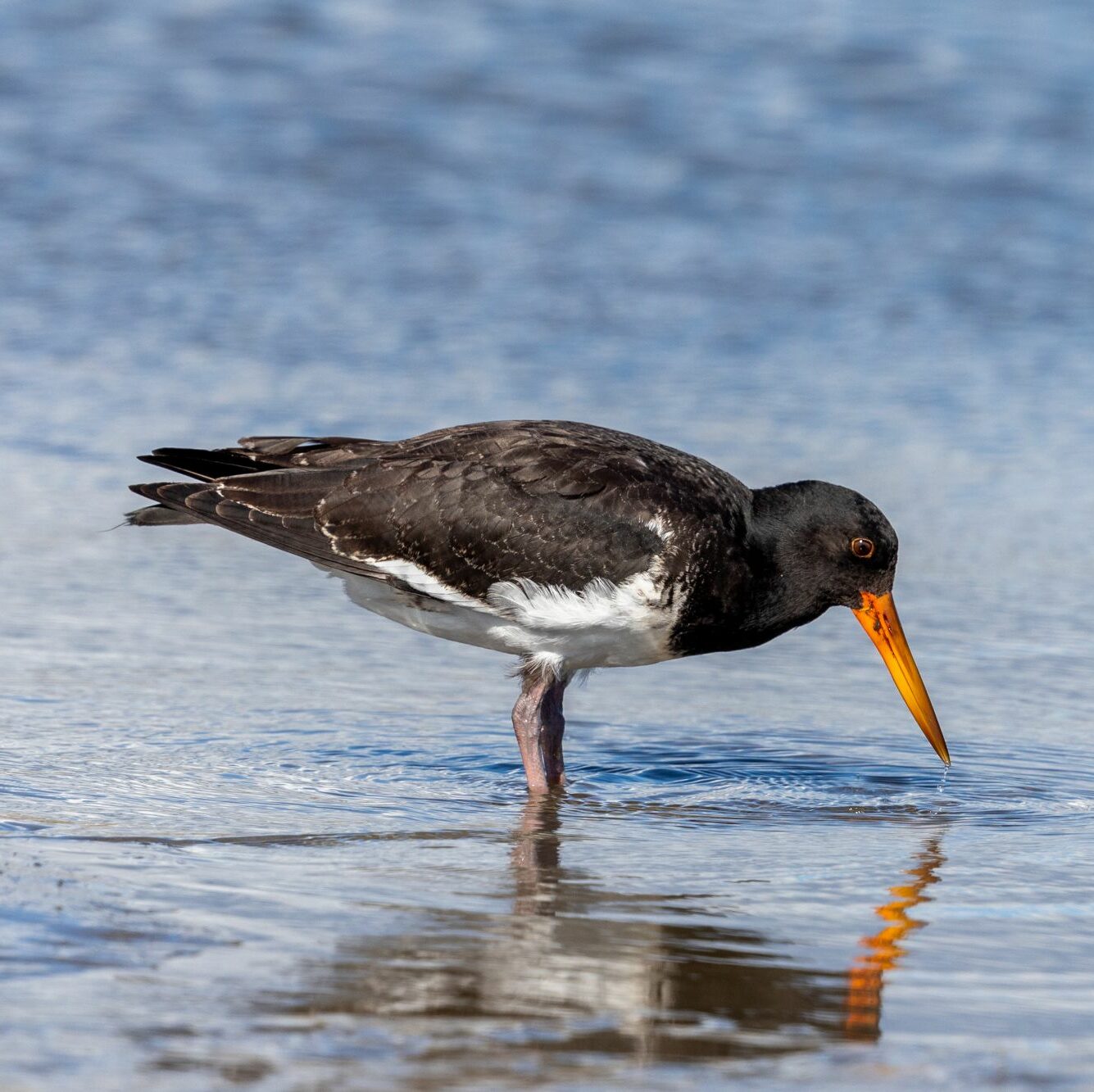
Variable Oystercatcher / Tōrea Pango
At Ruakākā, one of my favourite places!
Variable oystercatchers are native birds with bright orange bills, found along our coastlines. It's fun to watch them feeding - look closely and you'll see them pushing their bills into molluscs and crustaceans and twisting to open the shells!
You can find these birds at the Ruakaka River mouth in the Ruakaka Wildlife Refuge. Thanks to planting and dune restoration efforts by groups such as the Bream Bay Coastal Care Trust, the area is a haven for breeding oystercatchers.
The clear blue waters of Ruakaka make it a popular spot for recreational activities but remember to be respectful of the other taonga species living there!
Fun fact: Oystercatchers false-brood (lay down and pretend to be incubating eggs) to distract and draw predators away from their real nests and chicks.
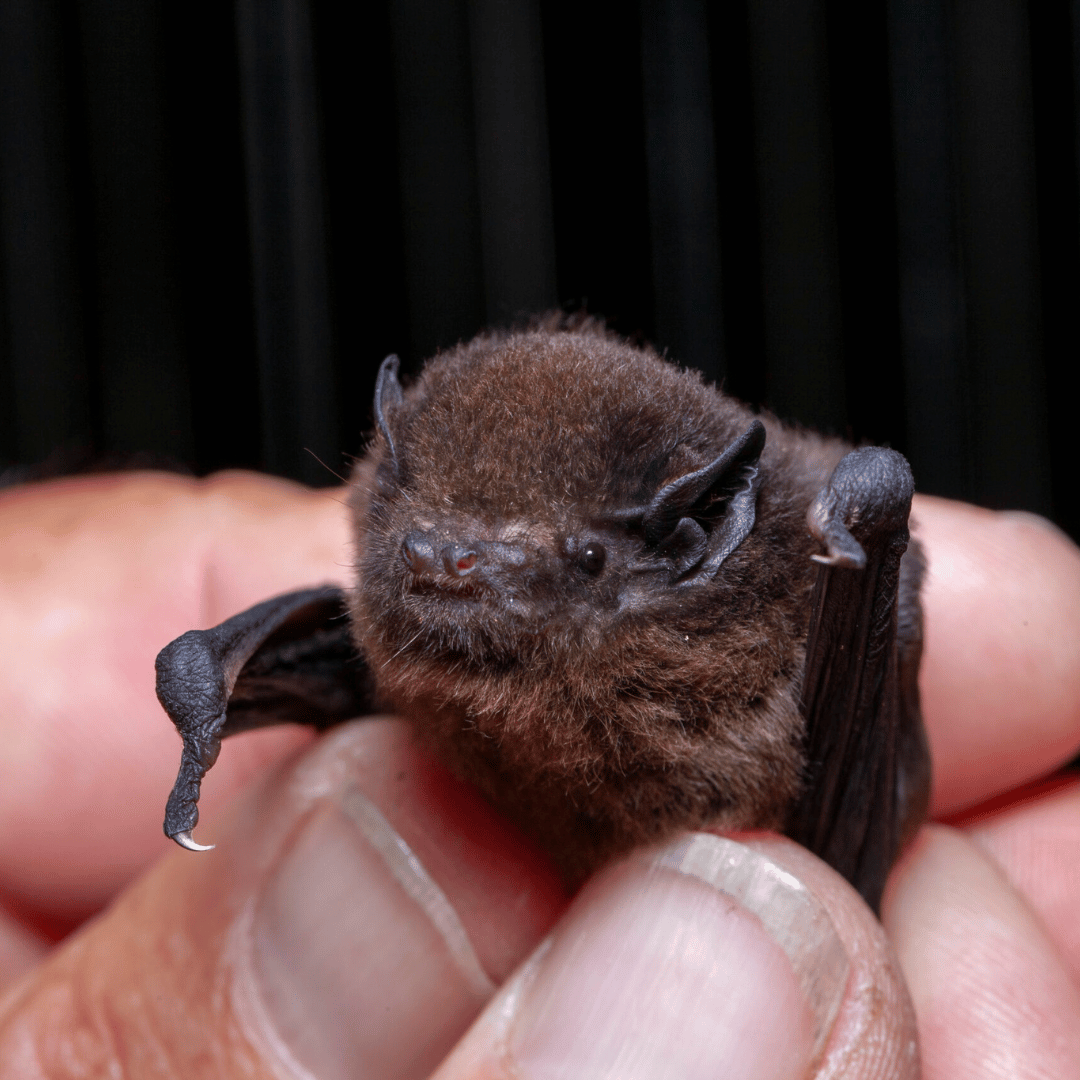
Long-tailed Bat / Pekapeka-Tou-Roa
At Pukenui, one of my favourite places!
One of New Zealand's two remaining native land mammals, which has a 'Nationally Critical' status, is very much a Whangārei local! With their tiny size and ability to fly at speeds of 60kmph, the long-tailed bats can be hard to spot.
But they may be much closer to you than you think...! Pekapeka tou roa are in Pukenui Forest but also can reside in more suburban areas. They roost in hollows of large trees and move between roosts regularly, including outside of the forest. These species are preyed upon by cats, rats and stoats, and compete for tree holes with possums (and wasps!), so pest control is really important to keep the population safe.
Fun fact: We have two pekapeka species, the long tailed bat and short tailed bat. The long tailed bats are smaller than the short-tailed bats and only weighs between 8-11 grams.
Thanks to efforts from community groups like Pukenui Western Hills Forest Trust, the native plantlife and wildlife in the Pukenui Forest has flourished, making it a popular place for nature-loving locals to get their exercise. Please remember this forest is a No Dogs zone and if you live near this awesome bush please make sure your cats are kept indoors at night during their main foraging time.
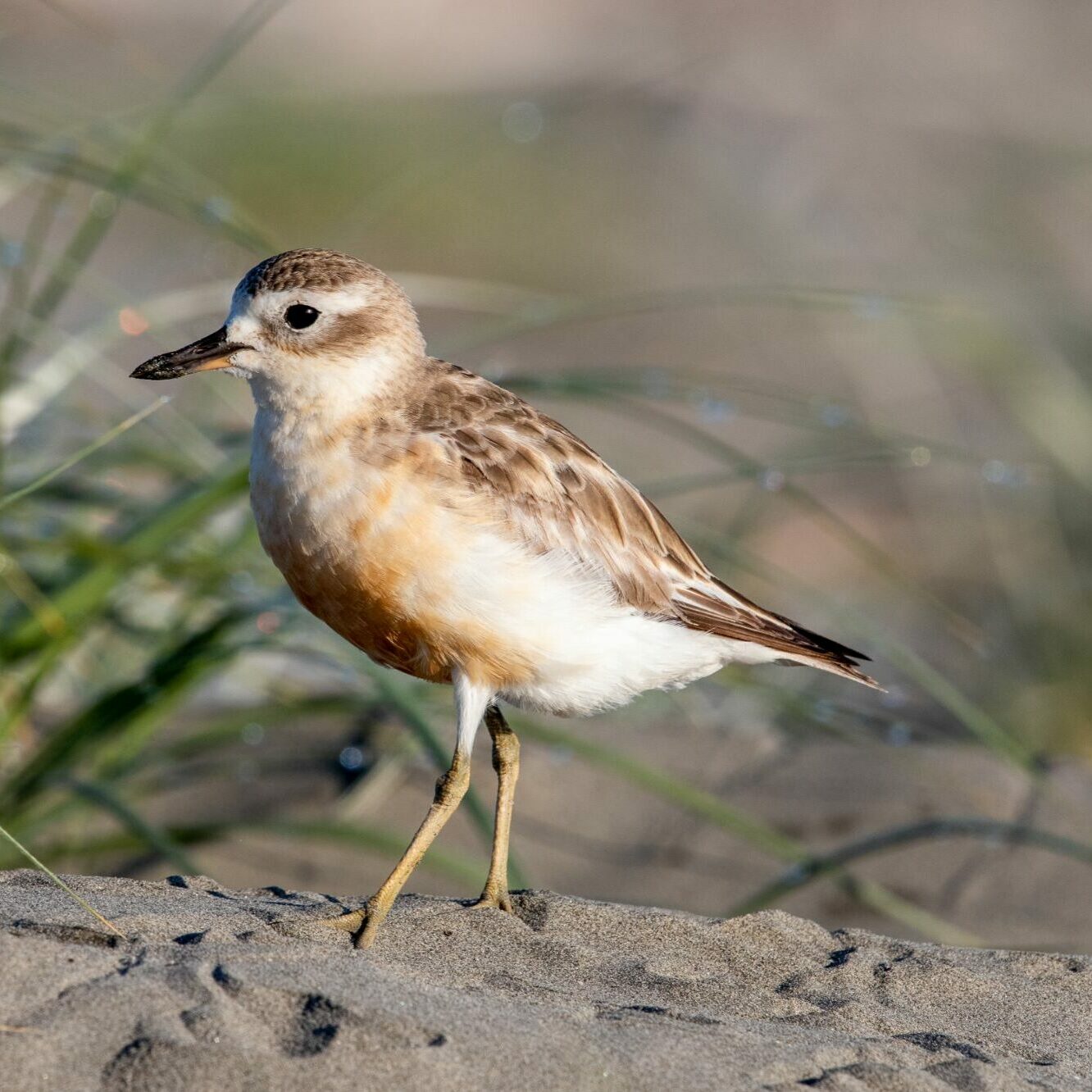
New Zealand Dotterel / Tūturiwhatu
At Tutukaka, one of my favourite places!
The unique Northern New Zealand dotterel feed and breed along the North Island coastline. Because they nest in the sand dunes, these treasured species are often under threat from dogs, cats, people and bad weather.
Fun Fact: The northern New Zealand dotterel will fake an injury to draw predators away from their nest.
Love Tutukaka Beach? So do the dotterels! Groups like Tutukaka Land Care have been working hard to make these beaches safe and enjoyable for both our community and these vulnerable birds.
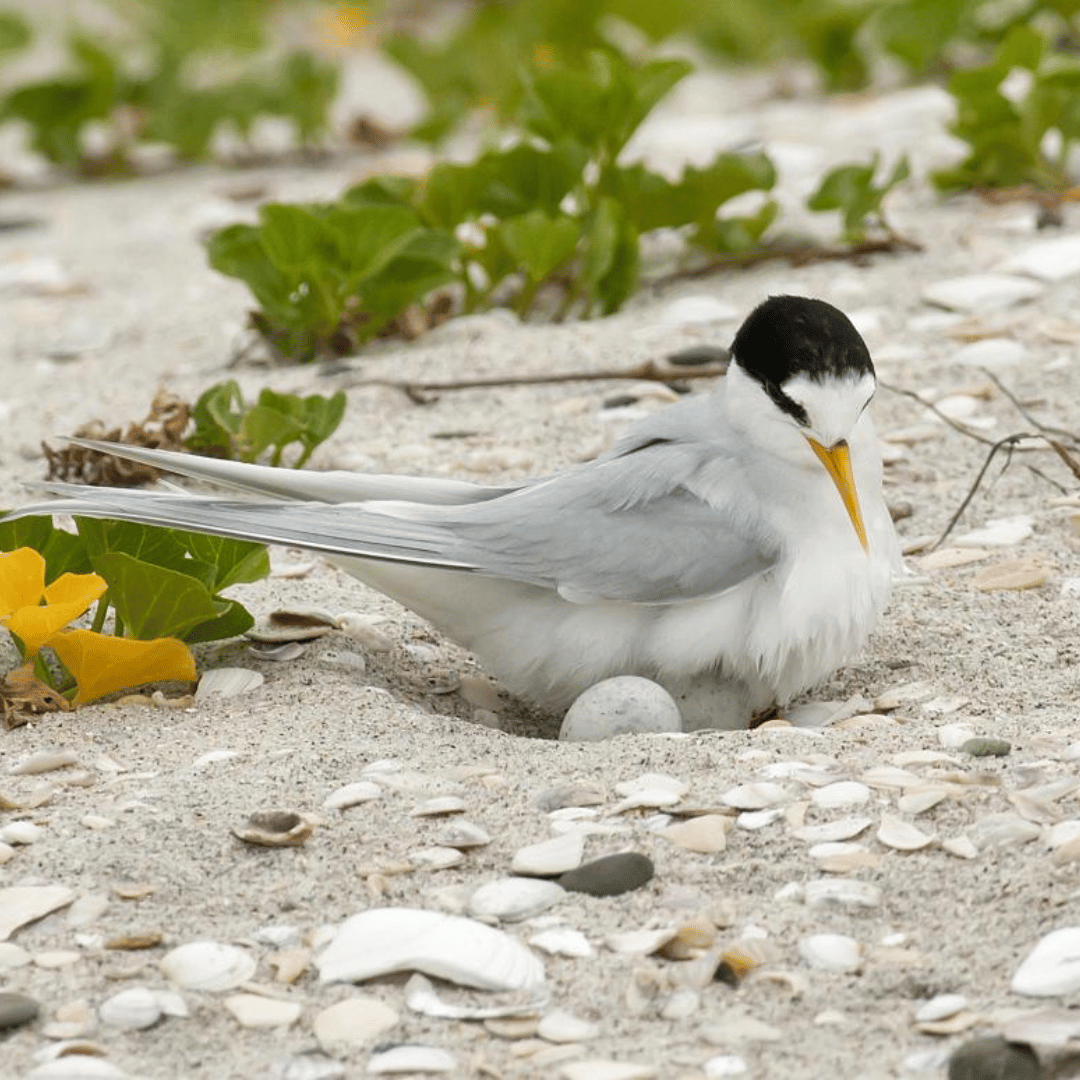
Fairy Tern / Tara Iti
At Waipu, one of my favourite places!
With a population of 40, and fewer than 12 breeding pairs left, the fairy tern is one of New Zealand's most endangered birds. They can be identified by their small size and relatively short legs, with a white underbody, a grey upperbody and a black cap on their head.
Fun Fact: Fairy terns won't be winning any architecture awards for their nest building. In fact, a fairy tern nest is simply a scrape in the sand! This is partly why they are so vulnerable.
Over three-quarters of the fairy tern's breeding population live between Whangārei and Auckland. Watch carefully when you are next walking along Waipu beach, and you might be lucky enough to spot one.
The Waipu Government Purpose Wildlife Refuge is one of the fairy tern's four regular breeding sites and is one of the few places left today where you can see these tiny birds.
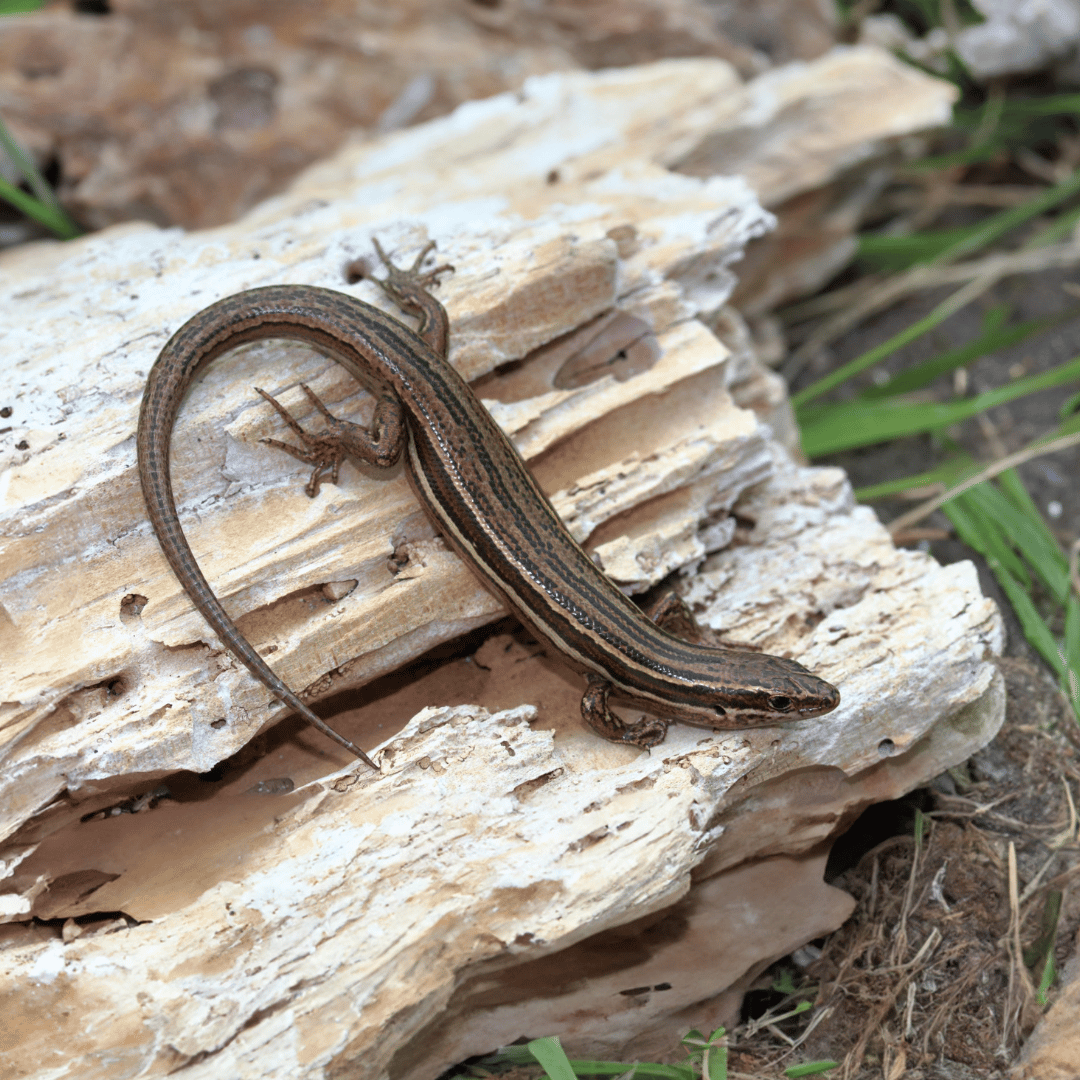
Moko Skink
At Matakohe-Limestone Island, one of my favourite places!
Did you know New Zealand has some incredibly unique and 'At Risk' native skink species? You may have seen skinks around at home, but our native moko skink is quite the wonder!
Fun Fact: Reptiles such as skinks usually lay eggs but most of our native skinks (and geckos) give birth to live young! 😲
Scientists believe that giving birth to live young was an adaptation to help our skinks survive when the world's climate changed about 16 million years ago. How cool is it that our native skinks have survived for millions of years?
The moko skink is recognisable with its distinctive, bold stripe, although you are unlikely to see them on our mainland. Instead, moko skinks do well on pest-free islands such as Matakohe Limestone Island, an island sanctuary in the Whangārei Harbour. This island has been the focus of restoration efforts since 1989, and groups like Matakohe Limestone Island do awesome mahi to help restore the island and make it a safe haven for native species.
Image credit: Nick Harker
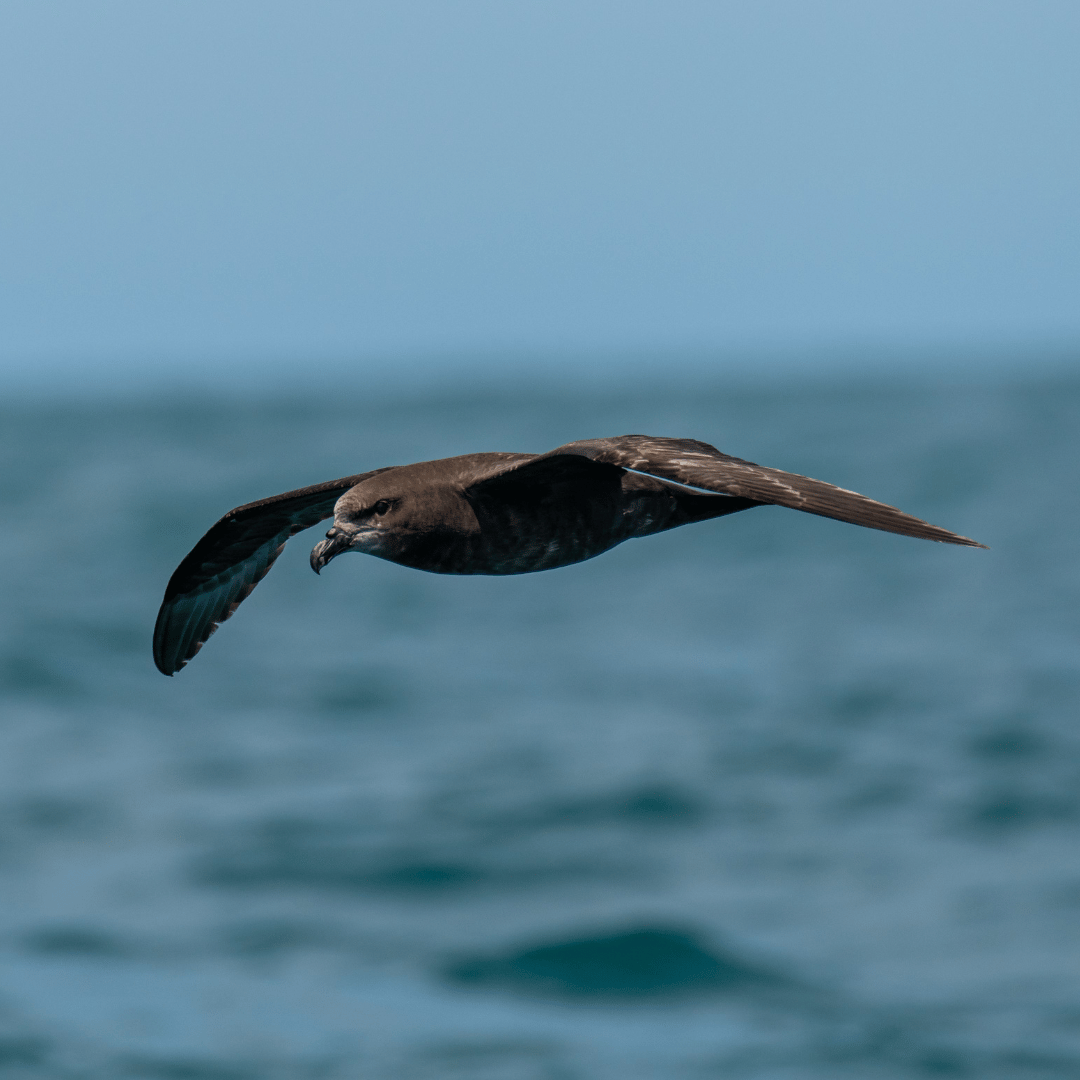
Ōi / Grey-faced Petrel
I'm at Bream Head/Te Whara, one of my favourite places!
With its pointed tail, dark feathers and black hooked beak, the grey-faced petrel is a distinctly recognisable species.
Fun Fact: The grey-faced petrel can start breeding at around four years old, but many wait twice this long before they are ready to start a family! Some are as old as ten years before they have their first breeding season.
Bream Head/Te Whara is a special place for this dark oceanic seabird -they have re-established burrows in this reserve since they were wiped out by predators and humans. Since then, community group Bream Head/Te Whara Conservation Trust has been working hard to keep them safe in this place they consider home.
The population growth of these birds around Bream Head brings hope that other seabird species will return here to breed too.
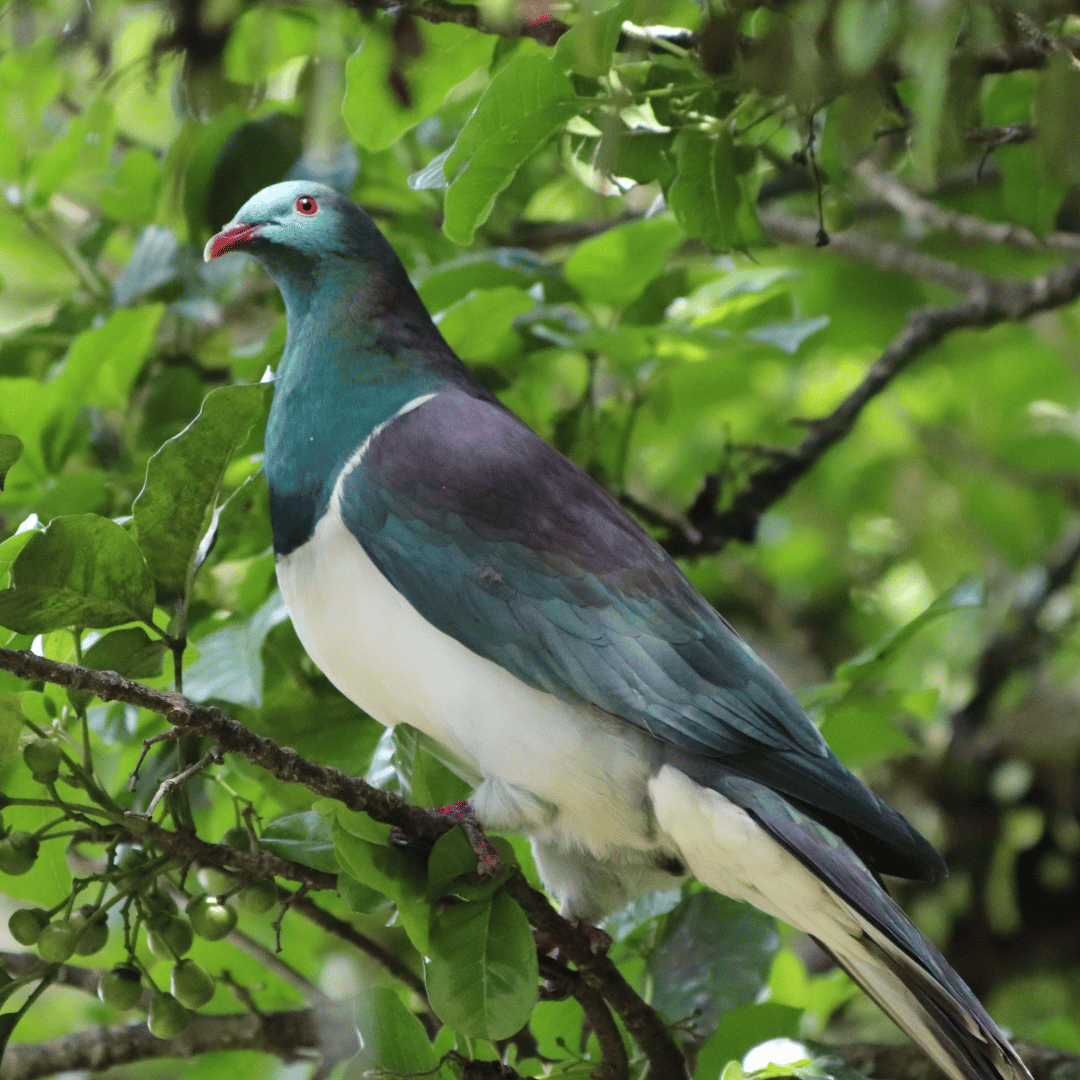
Kūkupa / Wood Pigeon
I'm at Maungatapere, one of my favourite places!
A loud beating of wings signals the presence of the New Zealand wood pigeon or kūkupa, as they are known in Tai Tokerau.
With shimmery green and bronze plumage and a bright white chest, they are one of our most distinctly recognisable native birds.
Fun Fact: Since the extinction of moa, kūkupa are the only seed dispersers with a bill big enough to swallow large fruit. The are called the "gardeners of the sky" and can help plant native trees such as taraire, miro, puriri, and tawa.
Take a walk on one of the many tracks in the Maungatapere area and keep your camera handy to snap a shot of this special local. The volcanic maunga cones gives the area rich and fertile soil that helps plant life grow and feed our native birds like the kūkupa. If you live in this area, join your local landcare group so you can help this beautiful maunga.

Black Mudfish / Waikaka
I'm at Hikurangi, my only home in Whangārei!
This local is something pretty special! Thank you Haane from Ngā Kaitiaki O Ngā Wai Māori for sharing this story of the very rare and unique black mudfish, that are found in Hikurangi and looked after by nga kaitiaki in collective efforts with Auckland Zoo. Here’s a short snippet from Haane:
“Ngā Kaitiaki O Ngā Wai Māori have been doing recent mahi on the mudfish.
Using the Maramataka and gaging the oranga of these taonga species.
Beginning of this year we met with Auckland Zoo as they had mudfish that were taken from Otaikarangi and also learnt to breed mudfish.
From our recent surveys, between March-October 2023, we have caught 37 mudfish. From this we know mudfish are still present here in Otaikarangi.
However, a big concern around Otaikarangi on the drainage of swamp lands leaving it very high and dry and the health of these mudfish as these wetlands struggle to retain water.
Times that these mudfish are most active are during the rains and floods that we have found.
Ngā Kaitiaki O Ngā Wai Māori will continue to tiaki nga taonga.“
Why are black mudfish so special?
They have incredible survival skills such as being able to survive out of water over the drier summer months. Their skin is coated in ‘tear-like mucus’ which helps them keep moist out of water. They can also breathe air through their skin!
Though they are very clever, black mudfish have very specific habitat requirements so drainage and vegetation clearance means they will sadly struggle to survive.
Reo kupu (Te reo words):
Maramataka – Māori lunar calendar
Oranga – life
Taonga – treasure
Tiaki nga taonga – look after these treasures
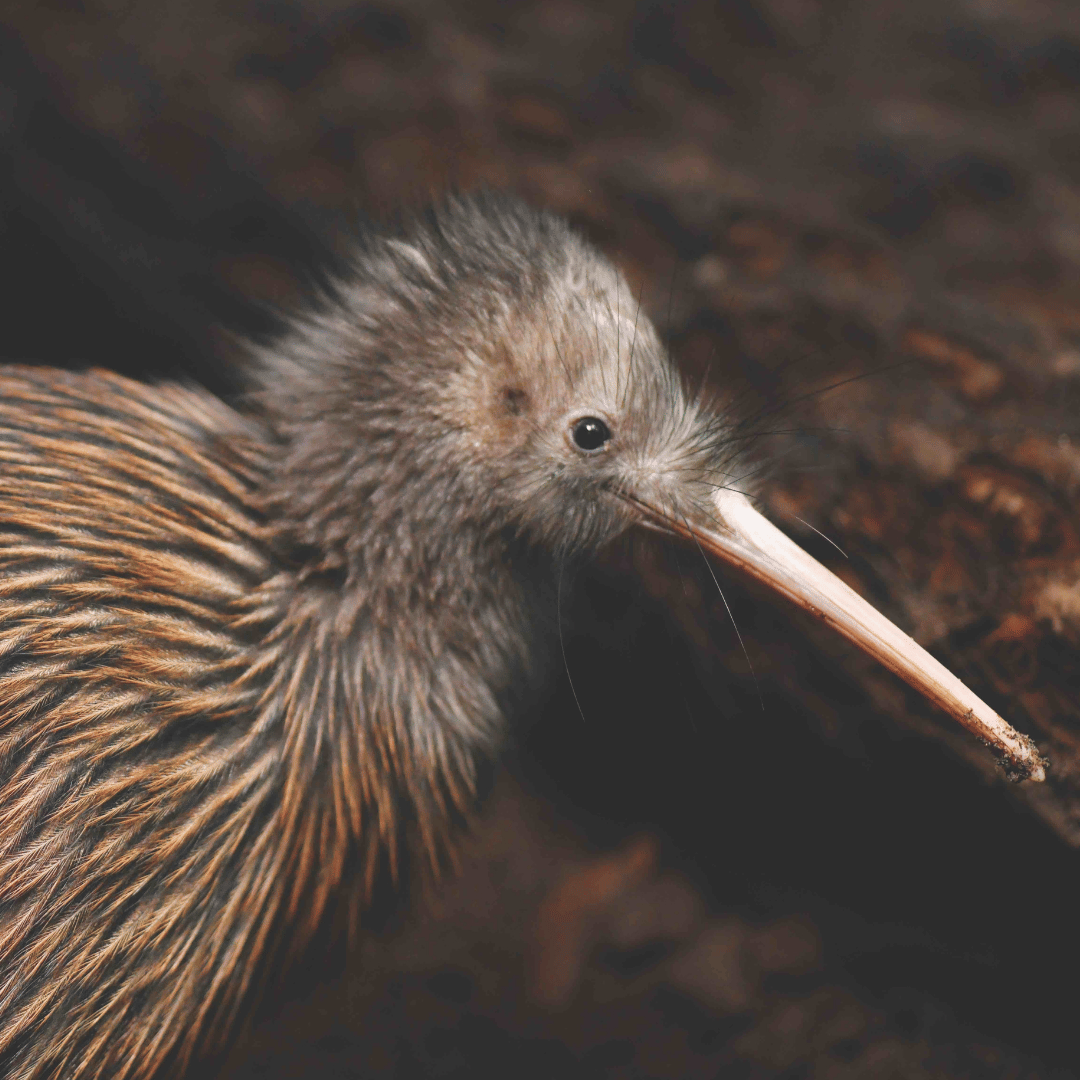
North Island Brown Kiwi
I'm at Whangārei Heads, one of my favourite places!
Nocturnal, flightless, and famous the world over. New Zealand's most iconic bird needs no introduction.
Fun fact: A bird's beak is generally measured from the nostrils to the tip. For kiwi, the nostrils are actually located at the end of their beak. So kiwi technically have one of the shortest beaks of any bird in the world!
The kiwi adapted to life on the ground when there were no predators in New Zealand. Their fluffy brown feathers allow them to blend well into the native bush but don't protect them against predators with a good sense of smell.
Thank you to Backyard Kiwi and the Whangārei Heads Landcare Forum for your conservation work, which is directly helping the local kiwi population. As many of us may know, it is incredibly important to make sure dogs aren't roaming around keep adult kiwi safe... Assume kiwi could be anywhere, especially in the Whangārei Heads!